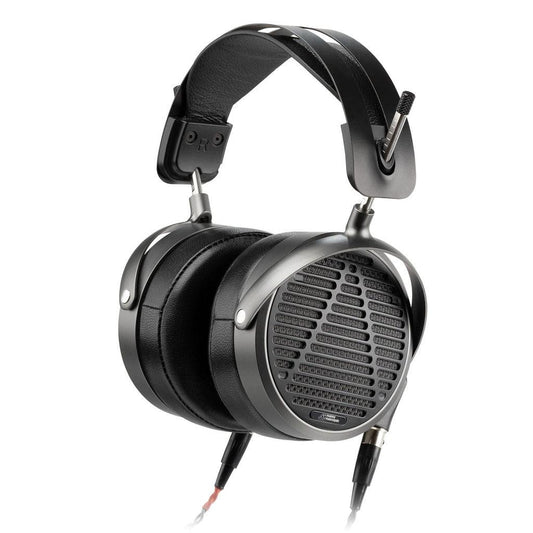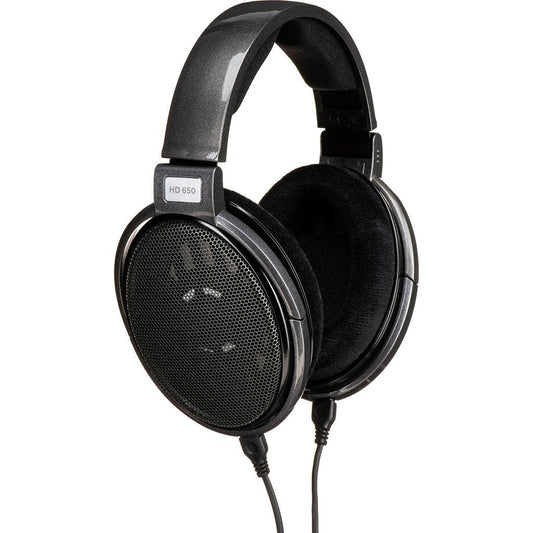Audeze MM-100: Mid-Fi Mainstay or Missed Opportunity?
MM-100 is advertised to target those who need a solid headphone for mix referencing, similar to what it’s big brother MM-500—as well as the legendary Sennheiser 6x0 series—attempt to offer. But does it do so well enough to be a compelling option in the headphone world's most competitive price bracket?
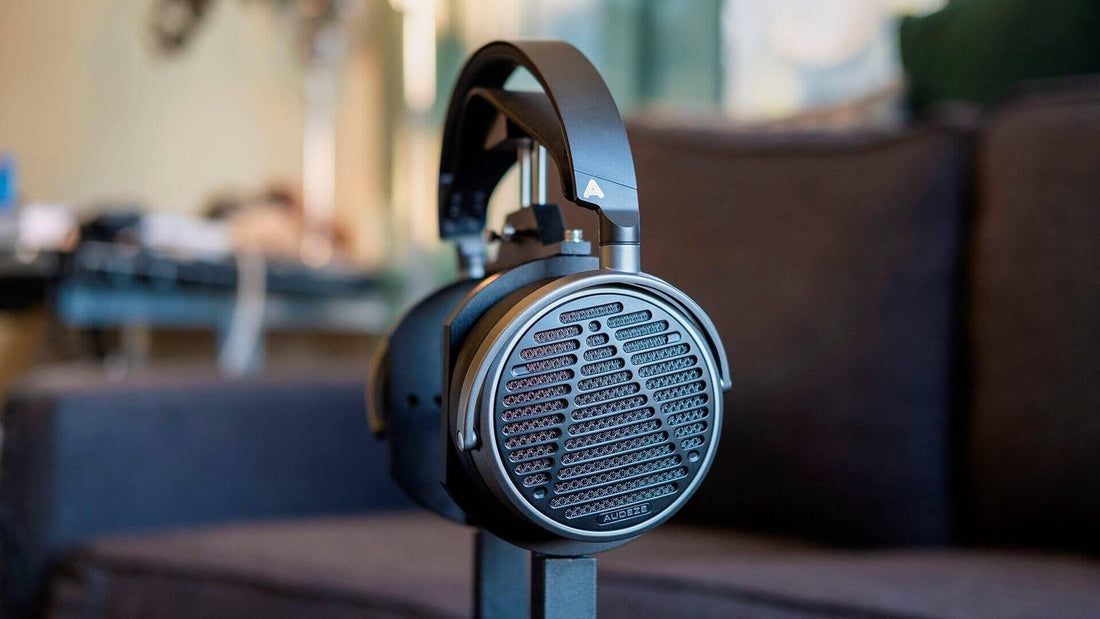
With the new MM lineup, Audeze is clearly trying something new. Their choice to introduce the MM-500—the top of their newest lineup—first, and then potentially undercut it with a product less than a quarter the price shows me that, at minimum, they’re confident in this new direction. That apparent confidence made MM-100 my most anticipated headphone of 2023.
While most people may find things like the Meze Empyrean II or HEDDPhone V2 more compelling releases, I’m personally always more interested in the headphones that aim for, as Resolve says, “normal, but good.” I don’t need bells and whistles, I just want something that sounds normal and doesn’t bother me.
Since MM-100 is advertised to target those who need a headphone for mix referencing, it also claims to go for the same “normal, but good” presentation that it’s big brother MM-500—as well as the legendary Sennheiser 6 series—attempts to offer.
But does it do so well enough to be a compelling option in the most competitive price bracket in the over-ear headphone market? Let’s find out.
What we like
- Audeze’s least expensive open-back planar
- Linear sub-bass extension, typical of most designs like this
- Significantly lighter than MM-500
What we don’t like
- Stock frequency response is on the thin side
- Ergonomics are rather poor despite the lower weight
- Price, despite being Audeze’s cheapest, still feels too high
Ergonomics
This is where I was really hoping for a step up from the predecessor MM-500, as ergonomics are the universally-acknowledged weak point of that headphone… but unfortunately MM-100 might be even worse.
Touching on the positives first, MM-100 has less clamp than MM-500. So if excessively clampy headphones like MM-500 bother you, the MM-100 might be (no pun intended) a better fit. If top-of-head discomfort is the main thing that bothers you, MM-100 is also probably Audeze’s lightest headphone to date, so the reduced weight should help in that regard… right?
Well, MM-100’s headband is probably the worst of Audeze’s headbands for me in terms of clamp, user-adjustment, and strap surface area.
It has barely any clamp at all on the setting where the earcups actually sit at the right height for my ears, and unfortunately, it’s to the point where I’m not even sure if I’m getting a full seal sometimes. This also means very little of the headphones weight is displaced by clamp, so all of the headphone’s weight is centered on the suspension strap… which lacks in front-to-back surface area that would help properly distribute said weight.
The end result is that top-of-head comfort is exceedingly poor for me with MM-100, in addition to the headphone itself feeling wobbly and insecure on my head.
MM-100 really makes me miss Audeze’s old (and comparatively massive) perforated leather suspension strap, which had a ton of front-to-back surface area and molded very well to the contours of the top of the head.
Overall, I can’t really say any part of the ergonomics package is good here, which seems… paradoxical. Again, Audeze’s 2nd lightest headphone should also be its most comfortable, but it isn’t. It genuinely feels weird to say that Audeze’s heavier, bulkier, clampier headphones from the old LCD series are significantly better for comfort for me, but it’s true. They fit my head beautifully, didn’t move around a ton when I turned my head, and were wearable for much longer periods of time without fatigue. Not off to a great start.
Frequency Response and Tonality
Below is a frequency response measurement of this headphone taken on the Brüel and Kjær Type 4128-C, calibrated to the Diffuse Field HRTF baseline and displayed against our preference bounds based on the existing speaker and headphone literature.
Bass
Unsurprisingly, there’s not much special going on here for the bass tuning—and that’s okay. With MM-100, listeners receive the same sort of behavior we’ve come to expect from Audeze’s open-back designs: flat extension from the midrange all the way out to the sub-bass.
For audiophiles used to this kind of presentation, I’d say this is likely the least controversial area of the tonality. Kick drums and basses have enough support in the fundamentals to feel properly “full,” but don’t necessarily feel exciting, huge, heavy, or boomy because there’s no elevation in this region.
Since this is meant to be a mixing reference, it’s arguable that we’d want some sort of elevation in this region, to emulate the response most listeners will likely be getting in their cars, on their headphones, or—thanks to room gain—on their speakers in a room.
As I said in my MM-500 review on Den-Fi; audiophiles are a niche, and sealed-front planar enjoyers are a niche within that niche. Most listeners are going to be listening to music with some sort of bass elevation, so there’s a valid argument that a headphone made for mix referencing should have some sort of lift around 100-200 Hz.
One could say the absence of an elevation—instead opting for a flat baseline the listener can add their own bass boost to—is a better approach, as this is potentially more versatile. However, if sealed-front planar enjoyers are already a niche within a niche, users who know how to manually calibrate their headphones with EQ is one step further down that increasingly small rabbit hole. I would always recommend something that sounds best for its intended use out-of-the-box, regardless of the target audience knowing how to EQ or not.
MM-100 has a bass presentation that most audiophiles will probably expect, but mix engineers might find the stock sound thinner than their other references. Especially due to the rest of the tonality.
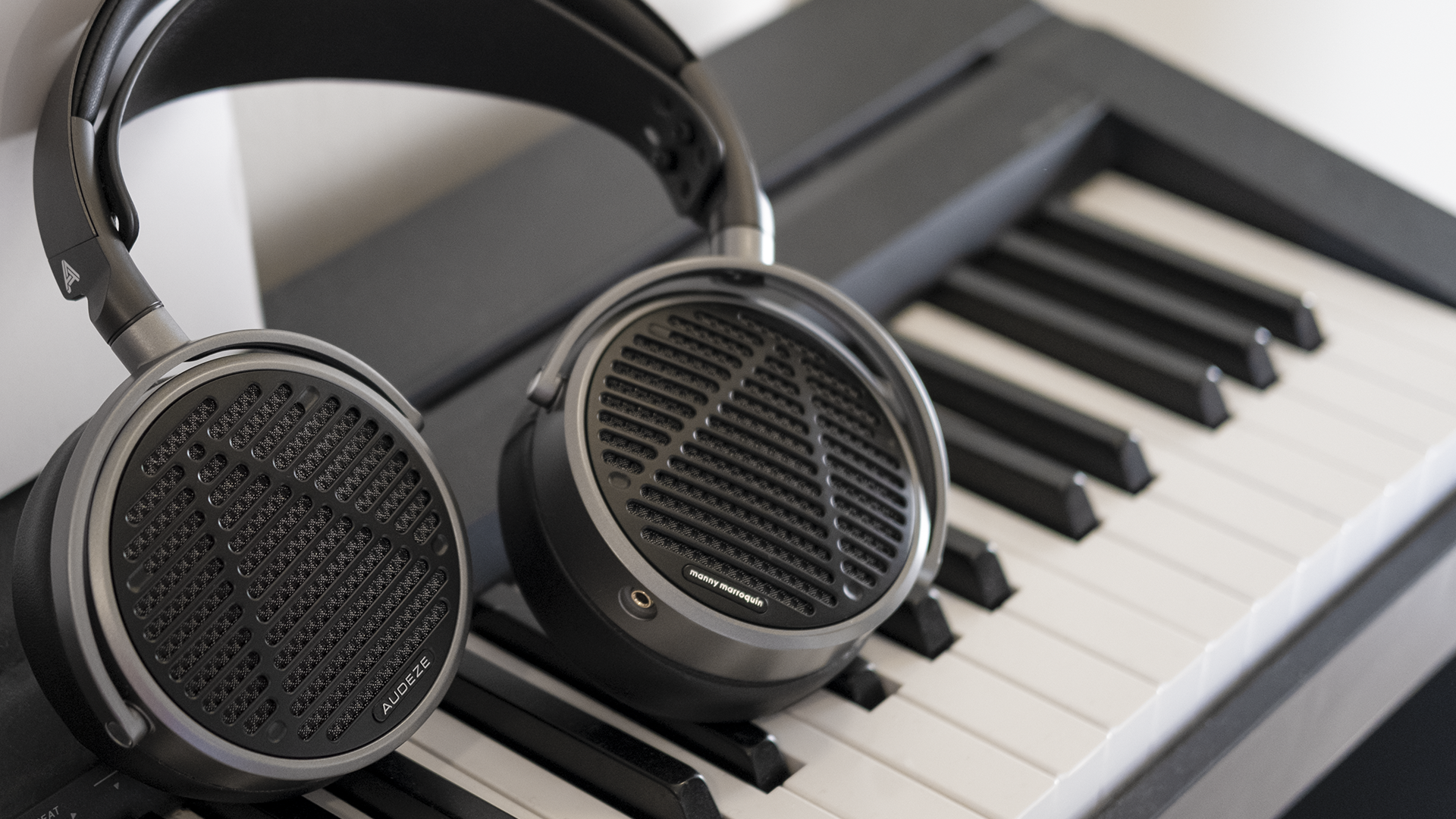
Midrange
When it comes to the midrange, MM-100 is probably best categorized as mid-forward, with a caveat that I could see causing issues for those using either casually or professionally.
The low and center midrange are unproblematic, as MM-100 cascades linearly from the 1kHz area all the way down to the bass. However, the upper midrange on MM-100 is… a bit weird. It has a midrange color more commonly found on planars from Hifiman than Audeze, sporting a pretty noticeable 2kHz dip and a slight excess of energy around 3-4kHz.
This midrange tuning results in vocals sounding a bit more diffuse and muffled than something like the HD 600, while also being slightly shoutier since it lacks the low-midrange warmth of the Sennheisers. Instruments that heavily token midrange presence—guitars, pianos, horns, and strings—sound a bit distant, but also a bit too clenched and strident.
MM-500 was almost on the edge of being too thin for me, and MM-100 unfortunately steps over this line. I can’t say it’s a presentation I hate, as it’s listenable for the most part, but I don’t think it’s a midrange I’d prefer—either for reference purposes or for enjoyment.
Midrange is where MM-100 really needed to make its mark to stand out against its competitors, and unfortunately I just don’t think it does enough to be a compelling option vs. the alternatives. We’ll get more into comparisons later, but the short of it is that if you want something for midrange accuracy, there are less expensive, better sounding options out there.
Treble
Interestingly, this was one area where my MM-500 review was rather positive, as I felt MM-500 was one of the few headphones—and certainly one of the only planars—that opted for a darker mid-treble response. MM-500 opted to emphasize between 13-15kHz instead of 10-12kHz, which led to it being a much smoother listen than many other planar magnetic headphones (where I usually have an annoying peak between 10-12kHz).
With MM-100 it sounds like they’ve undone this decision, and opted to emphasize this mid-treble area. It’s a shame; it nullifies what was probably my favorite thing about MM-500, and makes the MM-100 a lot less unique of an offering.
MM-100’s lower treble has a similar suckout to Audeze’s other headphones between 4-6kHz, which tends to rob the entire presentation of texture and can make things sound artificially smooth. It also adds a layer of incoherence given the forward 3kHz region.
When this suckout is paired with the mid-treble emphasis of MM-100, I can’t help but feel like we’re in the same place as we were two years ago with Audeze; a fairly unnatural, incoherent, and slightly disorienting treble presentation.
The precipitous 4kHz dip into mid-treble peak makes voices and cymbals sound extremely biased toward lispiness, with the scratchy and bitey textures in the treble smoothed over too much to balance it out.
Overall, I have to say purely in terms of frequency response, MM-100 is a miss for me. MM-500 worked for me because it was one of the only planars that didn’t have many annoyances in the treble. But since both the treble and midrange of MM-100 are less smooth than MM-500, there just isn’t any part of this tonality that really speaks to me. Color me disappointed.
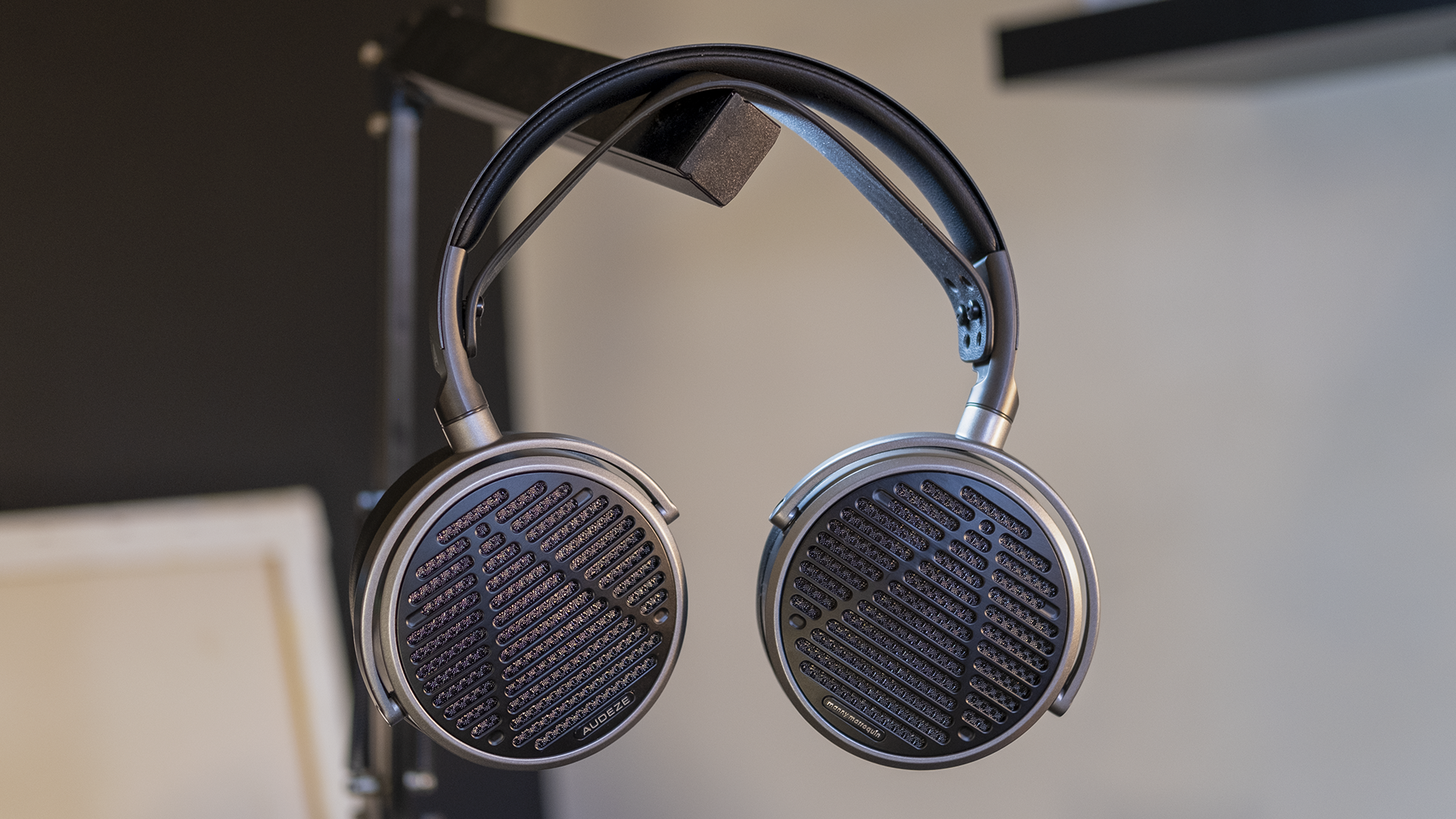
Subjective Impressions
This area might be what surprises people about MM-100; I found this is where it offers something that, even if I personally don’t like it, I at least think some people might.
The upper midrange—with its rather steep dipping and peaking—actually seems to lend a sense of dynamic and timbral contrast to drums and guitars that I feel is missing on even the more expensive planar magnetic headphones. It has subtle but noticeable “hardness” to the front-ends of transients that, even if it doesn’t sound natural, at least sounds more impactful and engaging than something like the Hifiman HE400se or Sundara.
Additionally, the less-refined treble presentation lends itself to extracting additional small “detail” cues when compared to either smoother dynamic driver headphones, or planars which are brighter, and therefore riddled with masking issues. If you’re a “planar speed” or “planar detail” enjoyer, I think MM-100 does expectedly well in these regards while not sounding quite as offensively bright as its competition in the planar sphere.
However, when it comes to things like timbre, MM-100 is a noticeably weird and unnatural sounding headphone for me. This is an area I care about more than most other things, so it’s hard to ignore the misstep here. More on this in the following comparison section.
In terms of soundstage… meh. It’s nothing special, but it’s not terrible either. I don’t think listeners will have many issues with MM-100’s stage unless they want something mega-huge, but it’s definitely what i’d call “fair”. Not huge, not claustrophobic, just average.
MM-100’s most compelling technical narrative is that it’s actually a bit more textured and dynamic than other planars, including more expensive ones. Unfortunately it achieves this by sounding pretty unnatural, but for those who already enjoy planars, they probably won’t be bothered by this as much as I am.
EQ
If I wanted to use EQ to help ameliorate MM-100’s biggest issues on my head, the main feature would be a negative peak filter around 11kHz with a Q of 1. This filter (tuned to preference) did okay at curbing some of MM-100’s more strident tendencies, so that’s where I’d start for anyone looking to EQ these to make them less harsh sounding.
Comparisons
Audeze MM-100 vs. Audeze MM-500
So yes, they’re different. Not crazily so—they’re clearly from the same lineup when you listen to them—but the differences are significant after having some time spent at home with both.
In terms of ergonomics… they’re both pretty bad for me, honestly. No real praise to either of them, but the MM-500 is built sturdier, has the better headband, has nicer feeling pads, and feels more premium in the hand.
In terms of tone, I’d give the win to MM-500. The midrange is warmer and more “normal, but good” sounding. The lower-treble dip is less steep and paired with a darker overall treble response.
MM-100 has the less coherent and more elevated treble, but I actually think this might make some people hear it as more “technical” than MM-500. Especially regarding dynamics and resolution, MM-100’s rockier midrange and treble presentation actually brings forth more of the granularity and attack from the buzzy, crackly overtones. It elicits more textural nuance and microdynamic complexity, which is where I feel MM-500 is specifically very smoothed over and blurry sounding, by comparison.
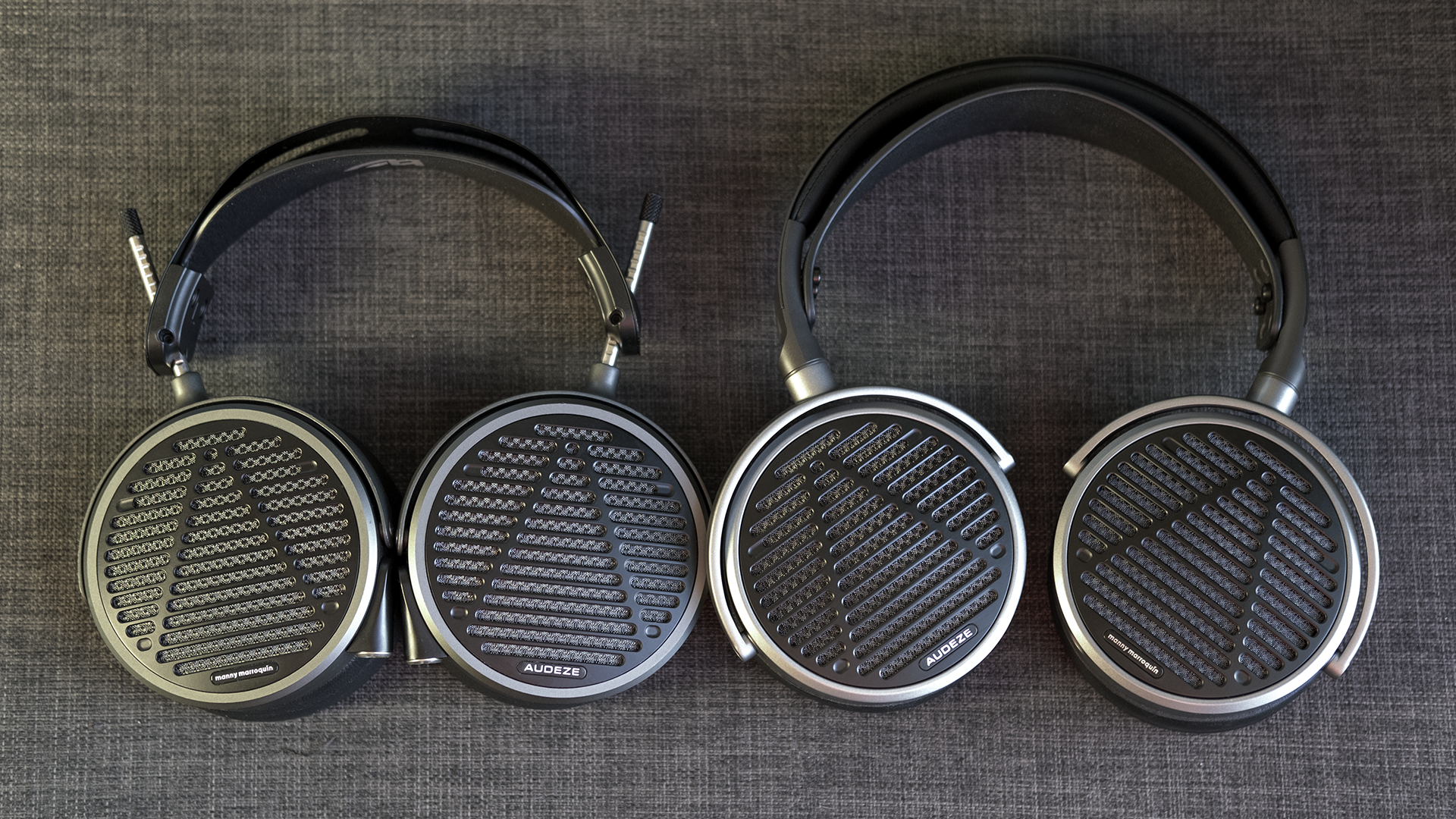
When it comes to other things like soundstage, I find the MM-500 to be a little less diffuse and more direct, whereas MM-100 is perhaps more spread out, but across an overall less coherent stage. Timbre on the other hand is where I feel MM-100 could be seen as taking either a significant step forward—or backward—depending on how you approach timbre.
MM-500 had good enough frequency response, but was characterized by a strangely “rubbery” timbre that colored everything a rather monotonous grey to me. It was an improvement over the glossy, plasticky presentation of most planars, but still not great. If you’re like me and “timbre” is about displaying adequate contrast of instrument identity and sounding subjectively realistic or good, MM-100 is pretty bad at both of these things…
But it might actually be better for the first thing than MM-500, having a wider range of timbral contrast between instruments. MM-100 still sounds less palatable to me overall, due to the rougher midrange and treble, but credit where credit is due: if you want a more vivid and multicolored presentation to the music, I think MM-100 compresses the distribution of instrument identity less.
I didn’t think especially highly of MM-500’s value proposition, and MM-100 is definitely a case of doing similar things for much less money. So if MM-500 is something you’ve been considering, MM-100 is likely also worth considering. However, it’s my opinion that MM-500 is still the better headphone despite not being an “all-around” upgrade.
That being said, I don’t really like either of them all that much compared to the main headphone people keep comparing the MM lineup to.
Audeze MM-500 Professional Headphones
Audeze MM-100 vs. Sennheiser HD 600 & 650
Even though HD 600 and 650 have never been the most comfortable for me, I’d still take them over MM-100 every day of the week for ergonomics and build. That’s not even accounting for the fact that a simple headband mod from Capra Audio turns HD 600 and 650 into one of the comfiest headphones around.
MM-100 is definitely heavier, but it’s also chintzier and feels less sturdy. I trust the build of the Sennheisers more, as they’re known for lasting a very long time. That history, combined with their user-serviceability and parts availability, means the Sennheisers have a sense of permanence—almost like they’ll outlive you—whereas the MM-100 feels almost disposable to me, by comparison.
Sonically, it’s no contest. Whether it’s tone, timbre, dynamics, texture, or any of the things I care about for casual enjoyment or professional work, the HD 600 and 650 leave MM-100 in the dust. Enough so that MM-100’s value proposition is meaningfully weakened by the sheer existence of the 6 series.
MM-100 has a looser, more ragged treble presentation than the Sennheisers, which some people may hear as MM-100 having “detail,” “speed,” or “separation” that the Sennheisers lack. Personally, these aren’t things I need for professional work or look for to aid in my enjoyment when listening to music, so I mostly just hear it as what it is: an uneven treble presentation.
MM-100 also has a thinner midrange, having less lower mids than either 6 series offering. In my view, open-back planars should probably have less eargain than open-back dynamic driver headphones, because the “full” ear-gain found in our common headphone targets isn’t getting balanced out by the mid-bass bloom you generally find on dynamic driver headphones like HD 600 and 650. Planars almost always lack this hump thanks to their extending flat from the midrange down to the bass when sealed.
Speaking of bass, this is where MM-100 gets its only win over the HD 600 and 650: it has linear bass extension… on paper. This is a pyrrhic victory, as MM-100 doesn’t really sound bassier to me than HD 650. Bass extension can be EQed into the Sennheisers if they need it (despite what many people think), but I also don’t really think they need it.
In short? If you have $400 to spend on headphones for basically any sort of at-home or indoor use, you should just buy an HD 600 or 650 and call it a day. They’ve been a fixture for more than 20 years for a good reason: decades later, they still remain an unmatched balance of sonic compromises, and are the foremost example of “normal, but good” we have in the headphone hobby.
Sennheiser HD 650 Headphones
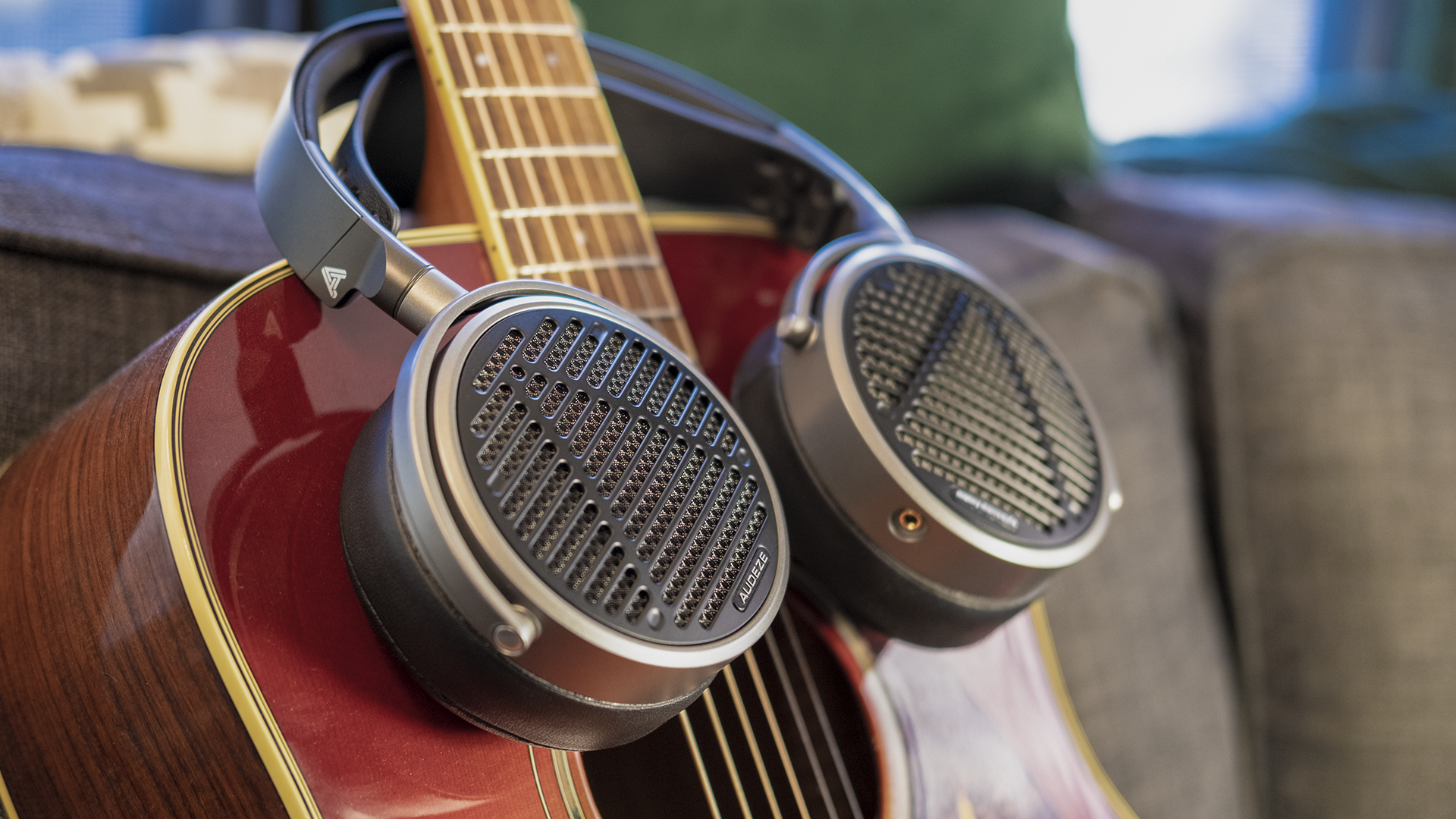
Conclusion
Obviously, MM-100 is Audeze’s least expensive wired headphone and with that comes the expectation that there’ll be some compromises. But even with that expectation in mind, MM-100 disappoints me, because it compromises in areas where its predecessor didn’t really have any slack to give up.
Once you take away MM-500’s warmer midrange tuning and smooth (for a planar) treble, you’ve given up the only things that made it remotely interesting or worth owning for me. Even then, MM-500’s “worth” compared to HD 650 has always been nebulous at best for me.
MM-100 being less ergonomic certainly doesn’t help, but the sound is such that—even if I wouldn’t choose it for casual listening—I don’t even find it useful for its main intended purpose of mix referencing either.
I think if Audeze really wanted a market breaker here, they’d have taken what they learned from the Maxwell and made a wired DSP (or analog filter-equipped) open-back planar magnetic headphone with a response similar to the Maxwell with perhaps a smidge less bass and treble. Even though this wouldn’t fix concerns regarding ergonomics, it would be easier to recommend for mixing engineers and audiophiles if its frequency response was better.
If you want an open-back headphone with a natural midrange and treble presentation for professional or casual use, I just don’t think the MM-100 is the best choice. The HD 600 and 650 still reign supreme at this price as the mid-fi mainstay, while MM-100 strikes me chiefly as a missed opportunity.
